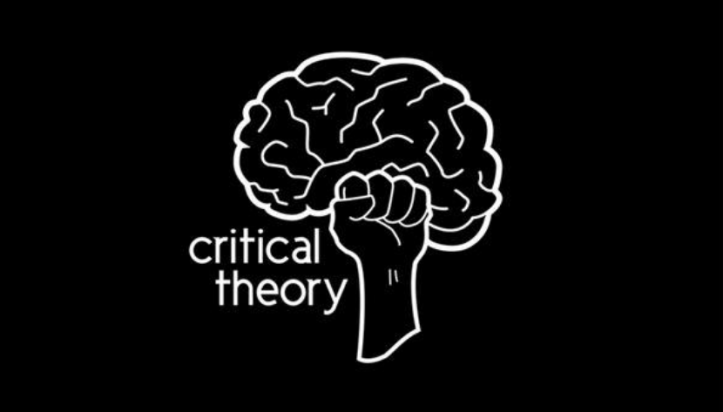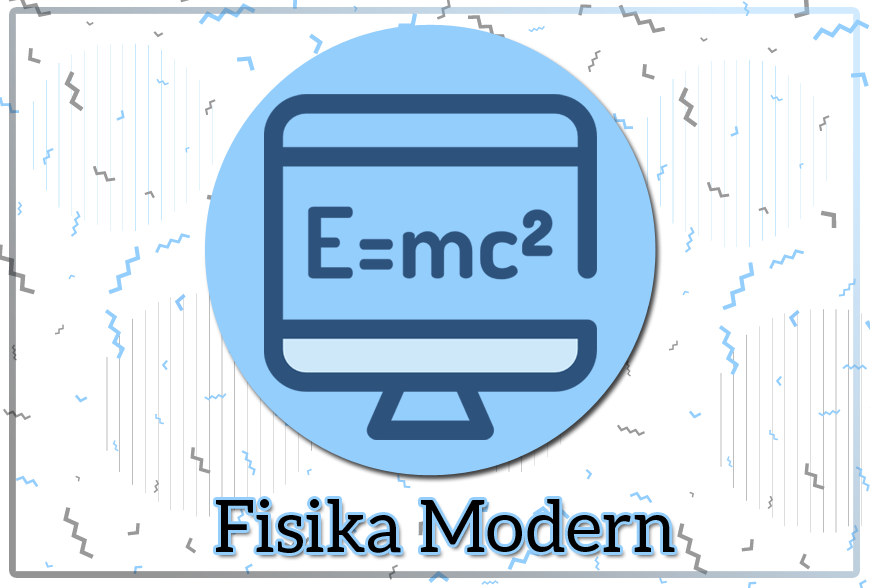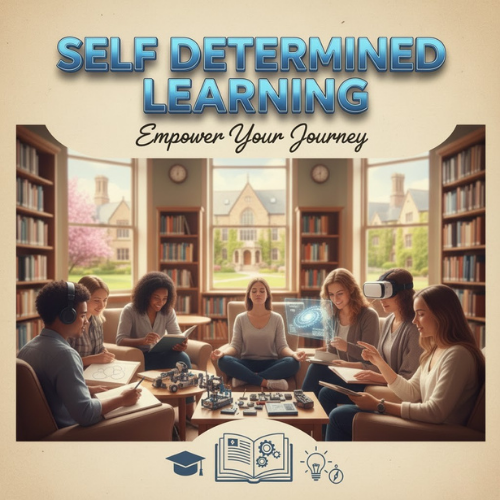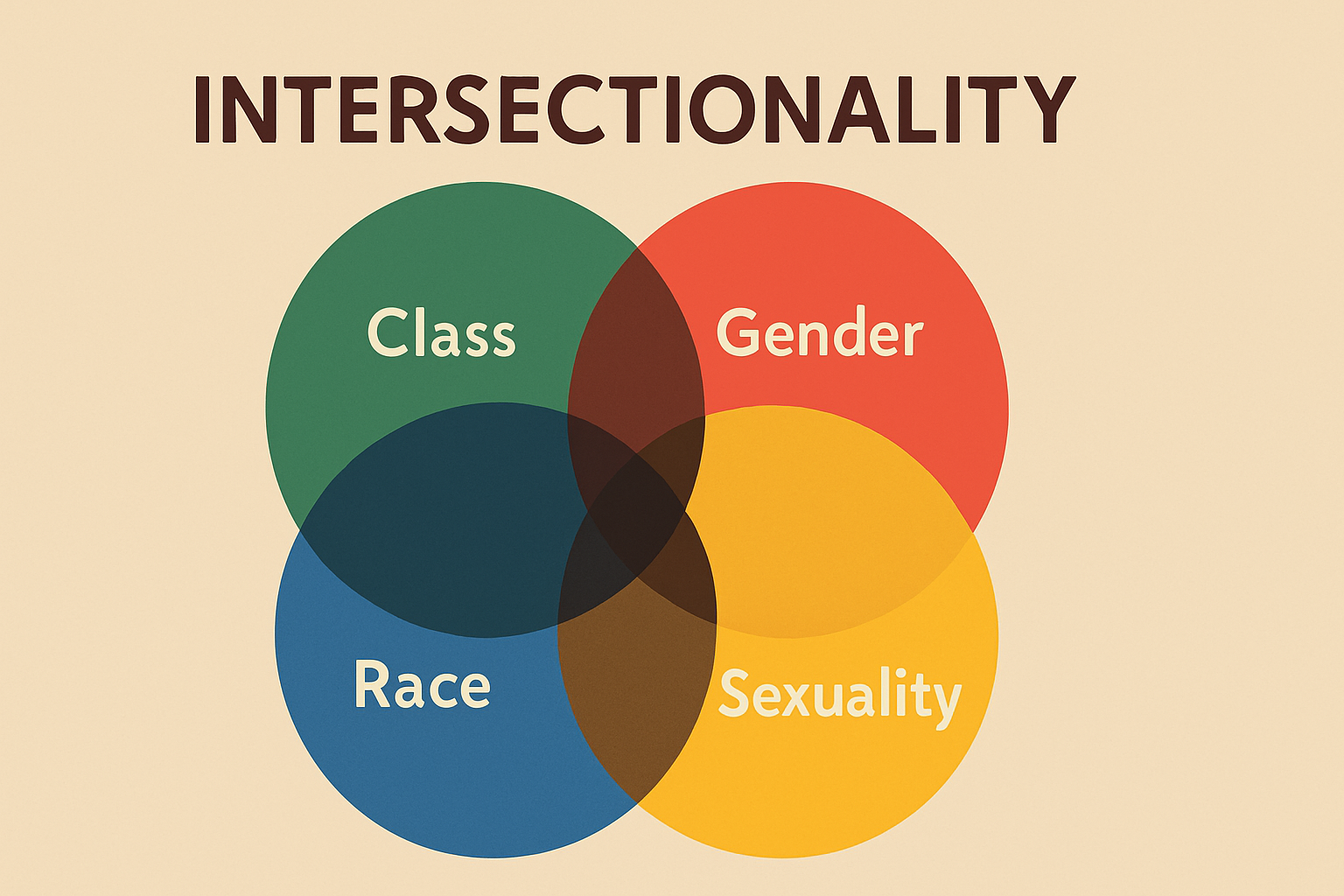
Critical Theory serves as a vital framework for understanding literature beyond surface-level interpretations. It encourages readers to explore the complex interplay between texts and the socio-political, cultural, and ideological contexts in which they are produced and consumed. This guide aims to expand on the foundational concepts of critical theory and its application in advanced literary analysis, providing a comprehensive overview that spans key methodologies, thematic approaches, and practical applications.
Key Concepts in Critical Theory

1. Historical Context
Understanding the historical context of a literary work is essential for a nuanced analysis. Literature does not exist in a vacuum; it is deeply influenced by the events, ideologies, and cultural movements of its time.
- Cultural Historical Analysis: This approach examines how specific historical knowledge events—such as wars, revolutions, and social movements—impact literary production. For instance, works produced during the Harlem Renaissance reflect the cultural awakening of African Americans in the 1920s, showcasing themes of identity, race, and social justice.
- Literary Movements: Familiarity with literary movements such as Modernism, Postmodernism, and Romanticism helps contextualize texts. For example, Modernist literature often grapples with themes of disillusionment and fragmentation in response to the upheaval of World War I, while Postmodernism challenges established narratives and embraces metafiction and irony.
2. Ideology and Power
Critical theory often focuses on how literature reflects, reinforces, or challenges power structures and ideologies.
- Marxist Criticism: This lens examines literature through the dynamics of class struggle and economic power. Marxist critics analyze how texts depict the lives of different social classes, the effects of capitalism, and the potential for revolutionary change. For example, Charles Dickens’ works often highlight the struggles of the working class, revealing the harsh realities of industrialization and class disparity.
- Feminist Theory: Feminist literary criticism investigates the representation of gender in literature, focusing on how texts perpetuate or challenge patriarchal norms. It explores issues such as female agency, identity, and the portrayal of women in various cultural contexts. Works like Virginia Woolf’s “A Room of One’s Own” argue for women’s intellectual freedom and the necessity of space for creative expression.
3. Psychoanalytic Theory
Psychoanalytic theory offers a unique perspective on literature by delving into the unconscious motivations of characters and authors.
- Freudian Analysis: Sigmund Freud’s theories of the unconscious, repression, and desire provide tools for understanding character motivations and conflicts within texts. For instance, the tension between conscious and unconscious desires can be explored in works like F. Scott Fitzgerald’s “The Great Gatsby,” where characters grapple with unfulfilled dreams and societal expectations.
- Jungian Analysis: Carl Jung’s focus on archetypes and the collective unconscious allows readers to identify universal symbols and themes across different cultures and time periods. For example, the archetype of the hero can be seen in various literary traditions, from Homer’s Odysseus to contemporary superhero narratives.
Methodologies for Literary Analysis
1. Textual Analysis
Textual analysis is a foundational method in literary criticism that involves a close examination of the text itself.
- Close Reading: This technique emphasizes detailed attention to language, structure, and literary devices. By analyzing specific passages, readers can uncover deeper meanings and thematic elements. Close reading can reveal how a poet’s choice of words and imagery conveys emotional depth or how narrative structure influences the reader’s understanding of time and perspective.
- Intertextuality: This concept explores how texts reference, echo, or respond to other works, highlighting connections and influences. For example, James Joyce’s “Ulysses” is heavily intertextual, drawing on Homer’s “Odyssey” while simultaneously subverting its themes and characters.
2. Reader-Response Theory
Reader-response theory shifts the focus from the text to the reader, emphasizing the role of individual interpretation in meaning-making.
- Subjective Interpretation: This approach posits that meaning is not fixed within the text but is created through the reader’s engagement with it. Each reader brings their own experiences, emotions, and cultural backgrounds to their interpretation, making literary analysis a highly personal endeavor.
- Reception History: This area of study examines how texts have been received by audiences over time, considering shifts in interpretation based on cultural and historical contexts. For instance, the changing reception of works by authors like Mark Twain reflects evolving societal attitudes toward race and morality.
Thematic Approaches
1. Postcolonial Criticism
Postcolonial criticism analyzes literature produced in the context of colonialism and its aftermath.
- Colonial Legacy: This approach investigates how colonial histories shape narratives and cultural identities. Postcolonial critics examine the representation of colonized peoples and the power dynamics inherent in these portrayals. Works like Chinua Achebe’s “Things Fall Apart” critique colonial narratives and highlight the complexities of African identity.
- Hybridity and Identity: Postcolonial literature often explores themes of cultural hybridity and the negotiation of identity in a globalized world. Authors like Salman Rushdie and Jhumpa Lahiri examine the intersections of multiple cultures and the challenges of belonging in their works.
2. Ecocriticism
Ecocriticism focuses on the relationship between literature and the environment, exploring how texts portray nature and ecological concerns.
- Nature and Environment: This approach analyzes how literature represents the natural world and human interactions with it. Ecocritics investigate themes of environmental degradation, sustainability, and the ethical implications of human actions on the planet. Works like Rachel Carson’s “Silent Spring” serve as powerful critiques of environmental exploitation.
- Sustainability Themes: Literature can also advocate for ecological awareness and sustainability. Contemporary authors like Barbara Kingsolver and Margaret Atwood weave environmental themes into their narratives, encouraging readers to reflect on their relationship with nature.
Applying Critical Theory
1. Developing a Thesis
A well-constructed thesis is essential for any literary analysis rooted in critical theory.
- Argument Construction: When developing a thesis, it is crucial to formulate a clear, arguable statement that reflects your critical perspective. For example, a thesis might argue that a particular text challenges patriarchal norms through its portrayal of female characters.
- Evidence Selection: Choose textual evidence that supports your thesis, incorporating quotes and examples effectively. This evidence should illustrate how the text aligns with or challenges the theoretical framework you are applying.
2. Structuring Your Analysis
A coherent structure enhances the clarity and effectiveness of your literary analysis.
- Organizational Framework: A typical analysis includes an introduction, body paragraphs, and a conclusion. The introduction should present your thesis and outline the main points you will discuss. Each body paragraph should focus on a specific aspect of your argument, supported by textual evidence.
- Integration of Theory: Weave critical theory concepts throughout your analysis, demonstrating how they illuminate the text’s meanings and implications. For instance, if applying feminist theory, consistently refer back to feminist concepts and how they manifest in the text.
Conclusion
Critical Theory provides a rich and diverse framework for advanced literary analysis, allowing readers to engage deeply with texts and uncover their multifaceted meanings. By exploring historical contexts, ideological frameworks, and thematic concerns, readers can develop a more nuanced understanding of literature.
The application of various methodologies—such as textual analysis, reader-response theory, and thematic approaches like postcolonial criticism and ecocriticism—enables a comprehensive exploration of literary works. As readers engage with literature through these lenses, they not only enhance their analytical skills but also cultivate a greater awareness of the cultural and ideological forces that shape literary production.
In today’s rapidly changing world, the insights gained from critical theory are more relevant than ever. They encourage readers to question dominant narratives, reflect on their own perspectives, and engage with the complexities of identity, power, and the environment. As such, critical theory remains an essential tool for anyone seeking to understand the intricate relationship between literature and the world it inhabits.
Read Also About Interest rates play a crucial role in the economy, affecting everything from personal loans and mortgages to savings accounts and investments.
Related Posts
 Classroom Learning: Fostering University Knowledge Acquisition Through Real Experiences
Classroom Learning: Fostering University Knowledge Acquisition Through Real Experiences
 Fisika Modern: Menyingkap Rahasia Alam Semesta dengan Perspektif Mahasiswa
Fisika Modern: Menyingkap Rahasia Alam Semesta dengan Perspektif Mahasiswa
 Self Determined Learning: Menyelami Manfaat Pembelajaran Mandiri
Self Determined Learning: Menyelami Manfaat Pembelajaran Mandiri
 Interseksionalitas: Memahami Kompleksitas Identitas dan Ketimpangan Sosial
Interseksionalitas: Memahami Kompleksitas Identitas dan Ketimpangan Sosial



